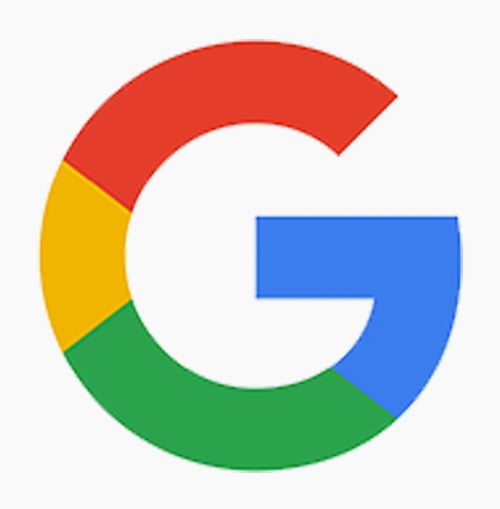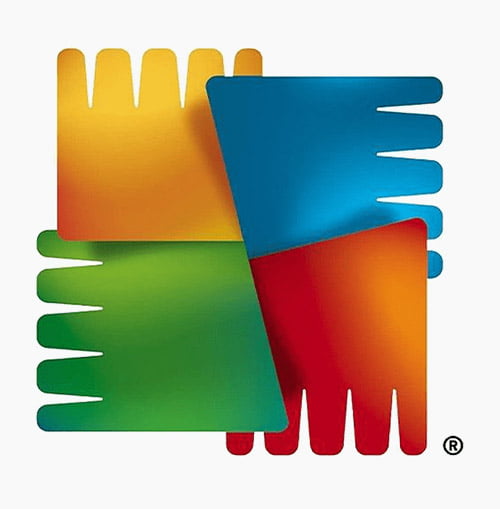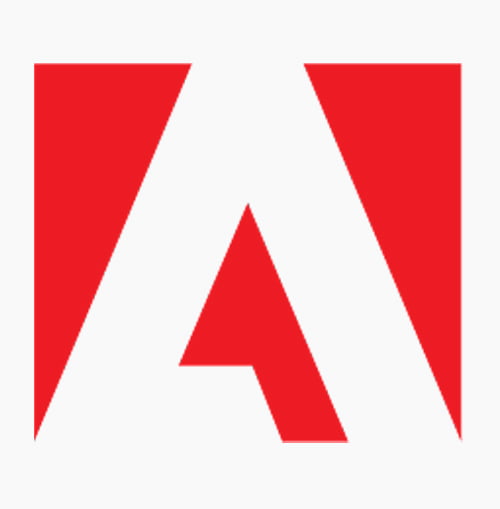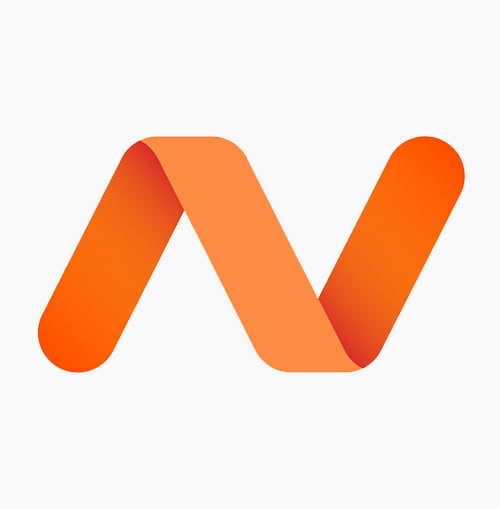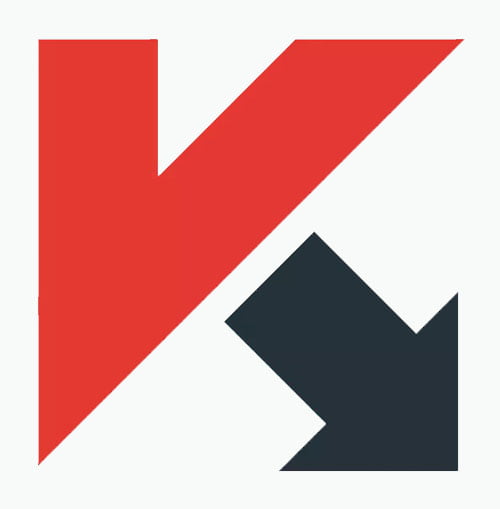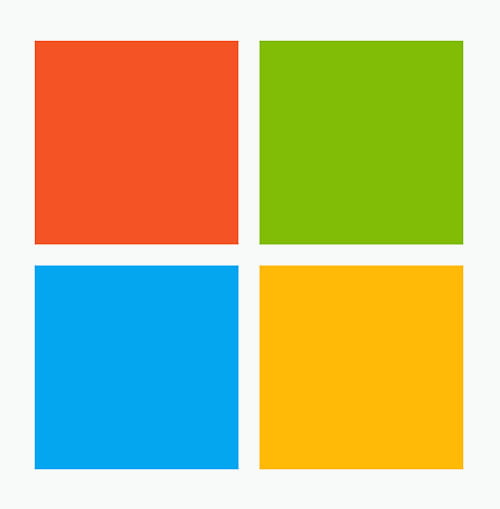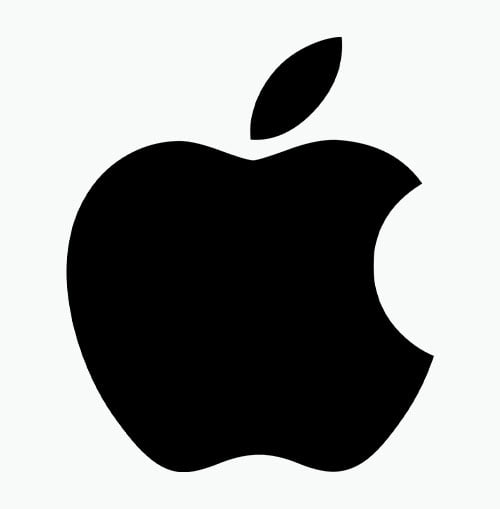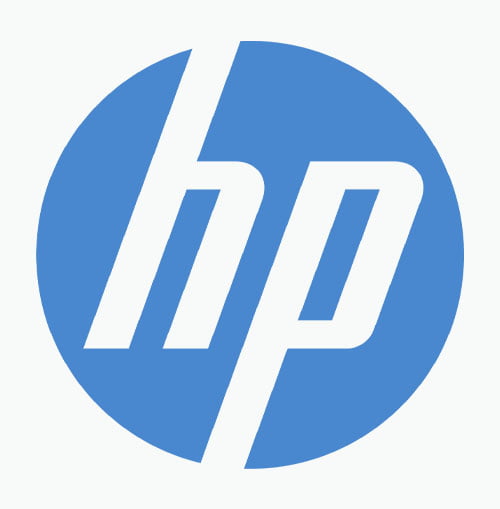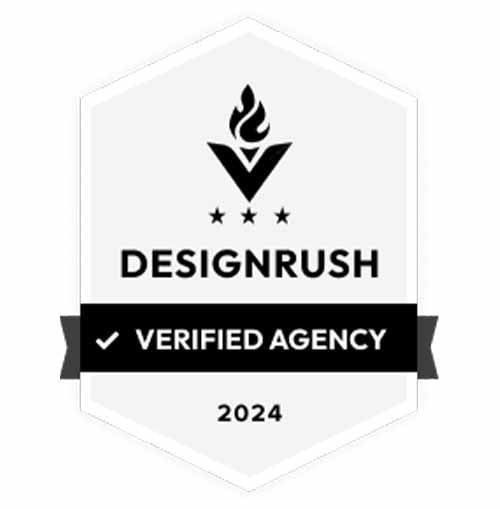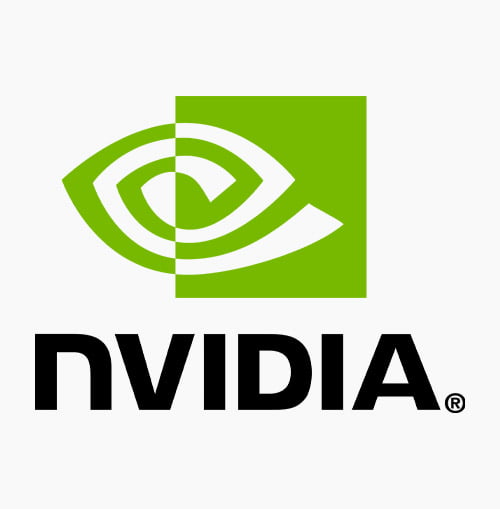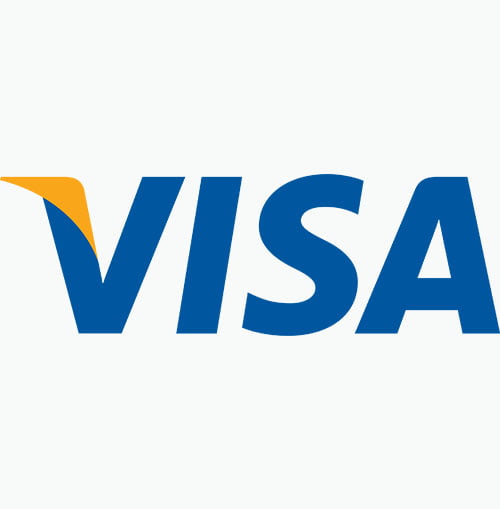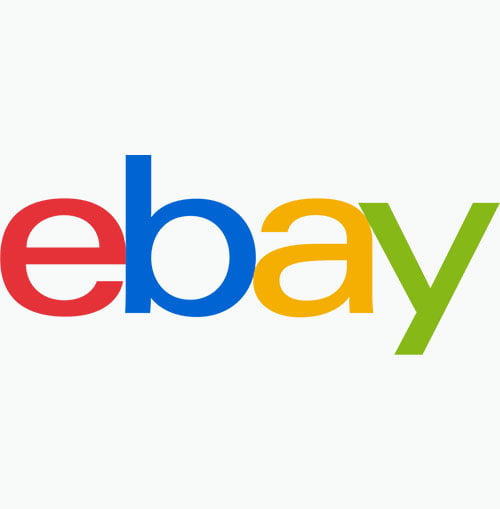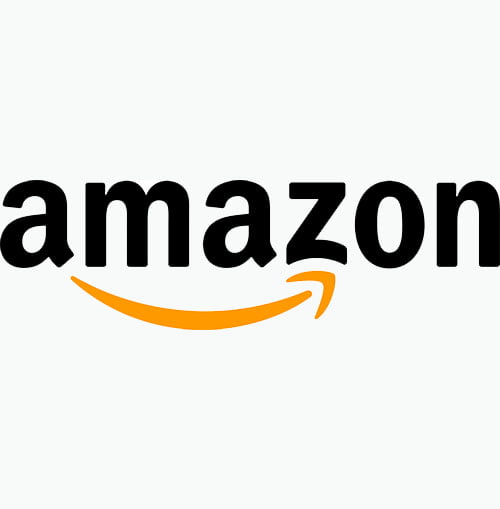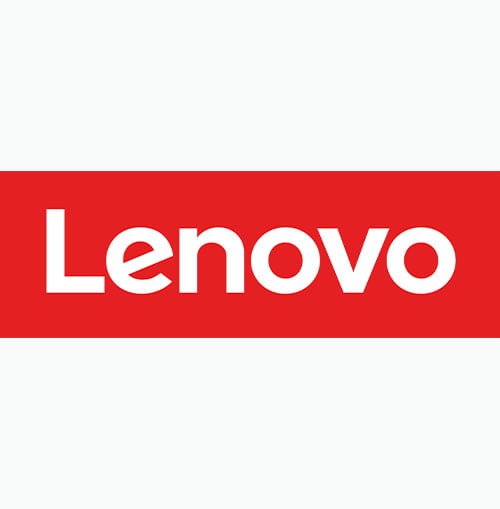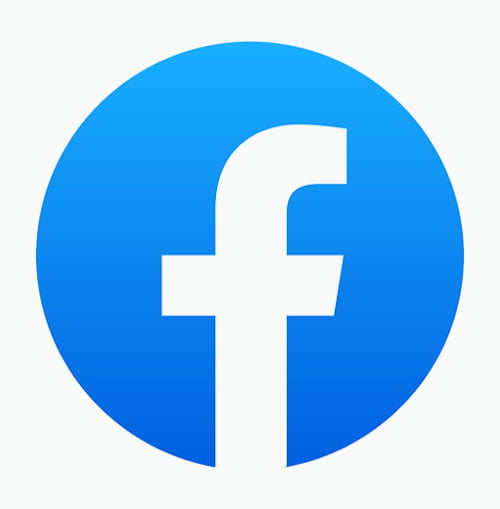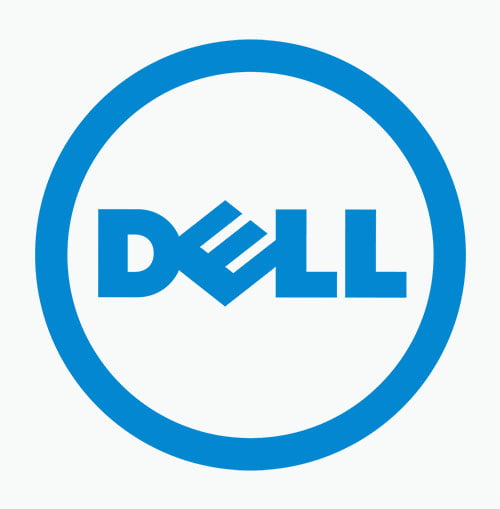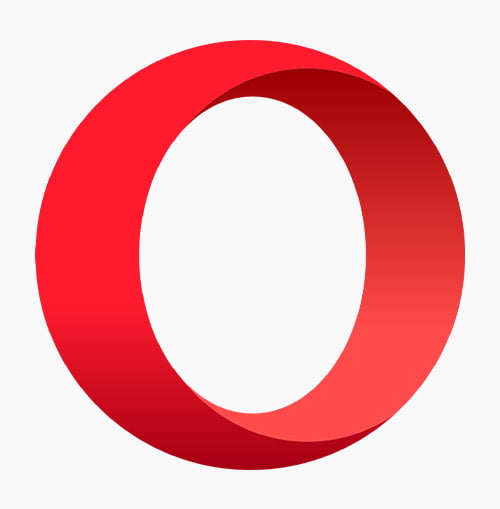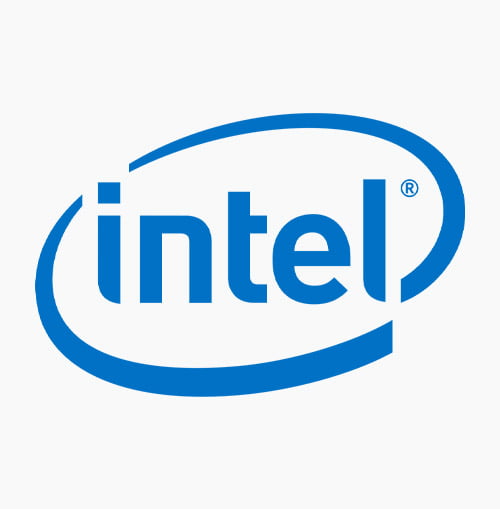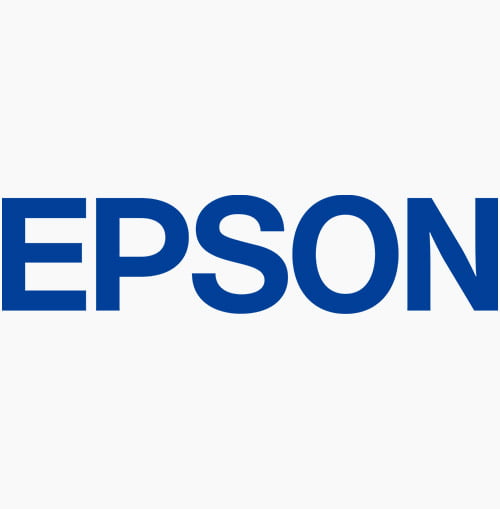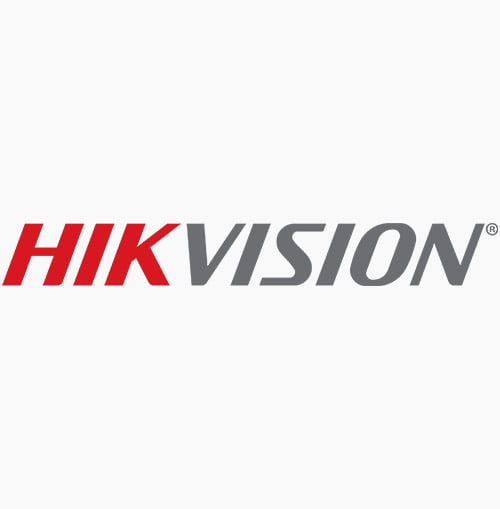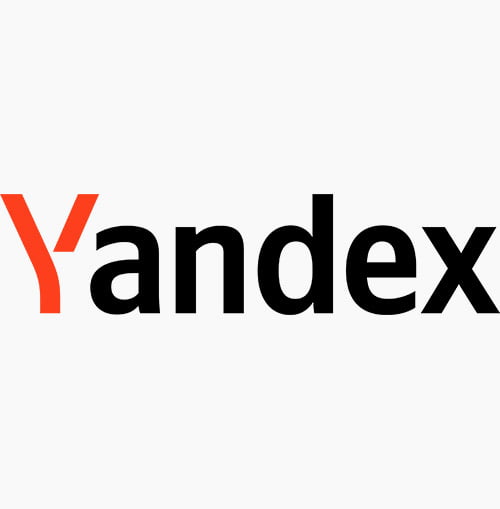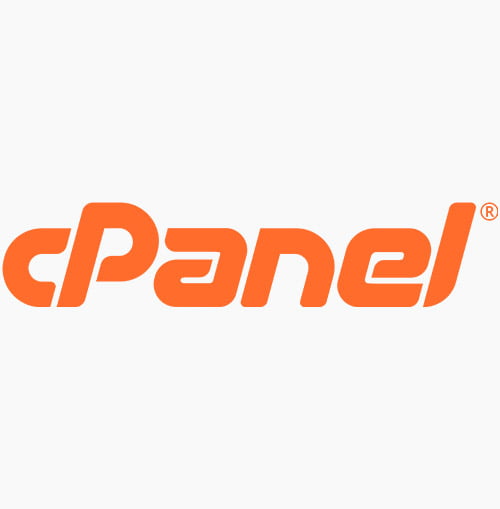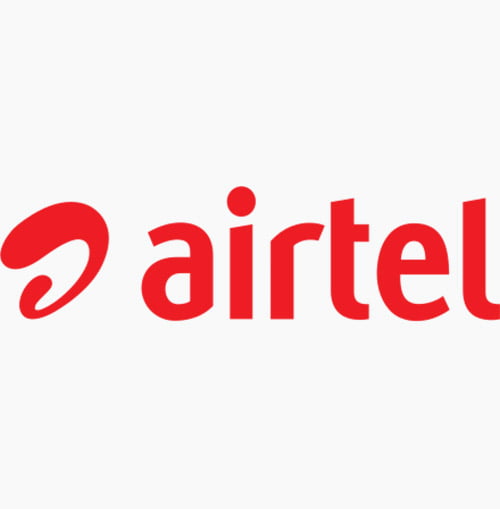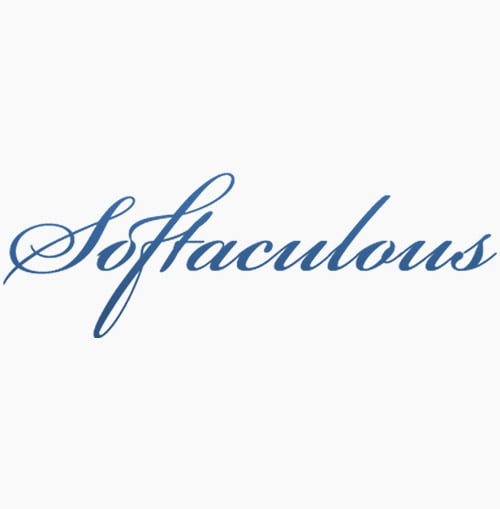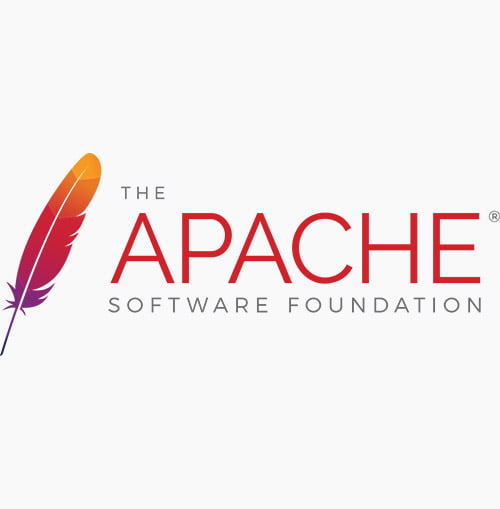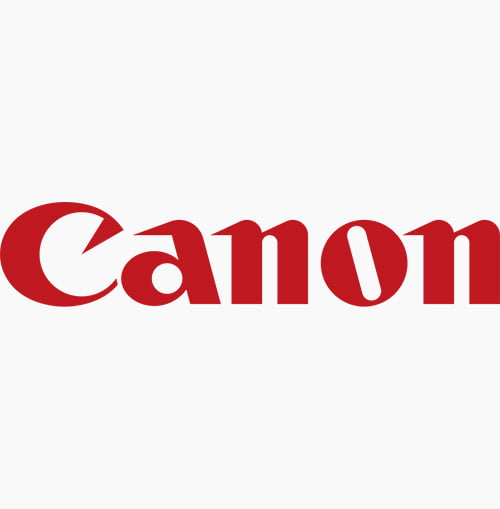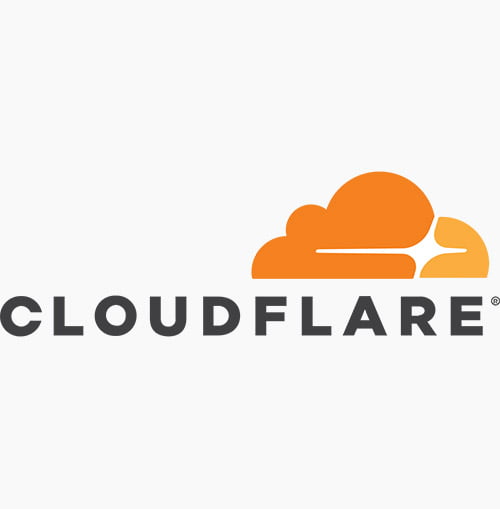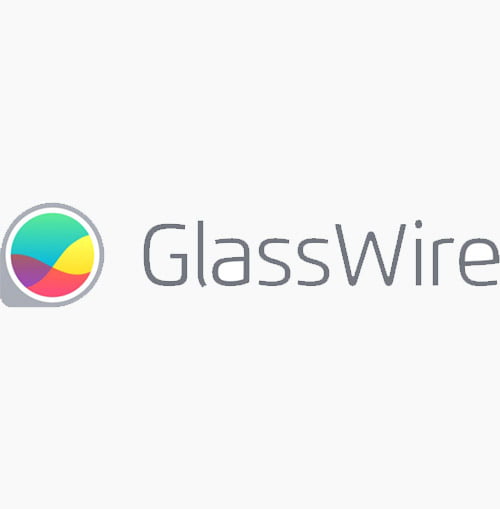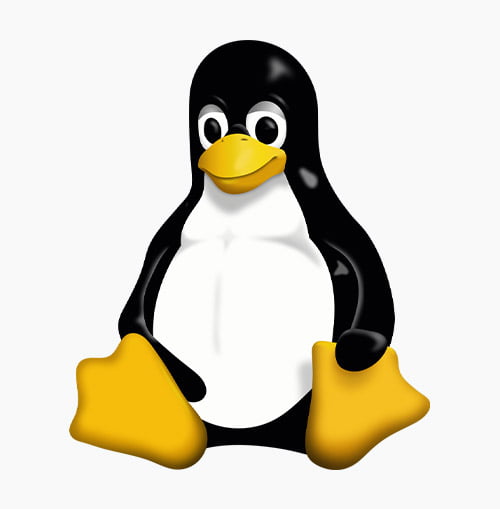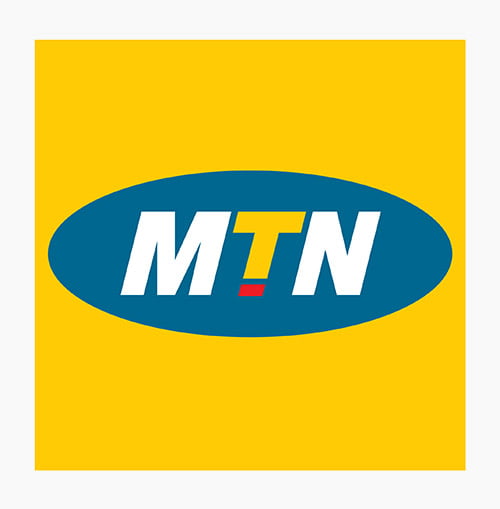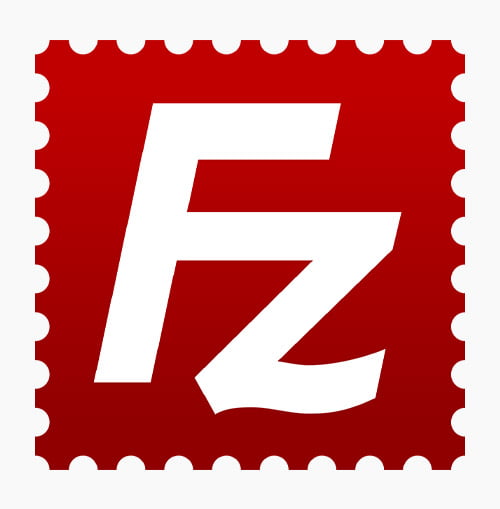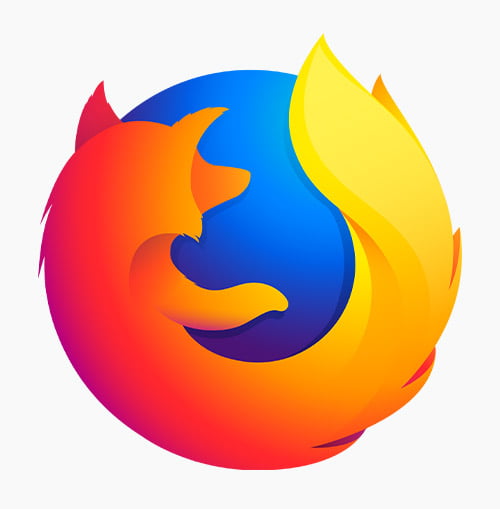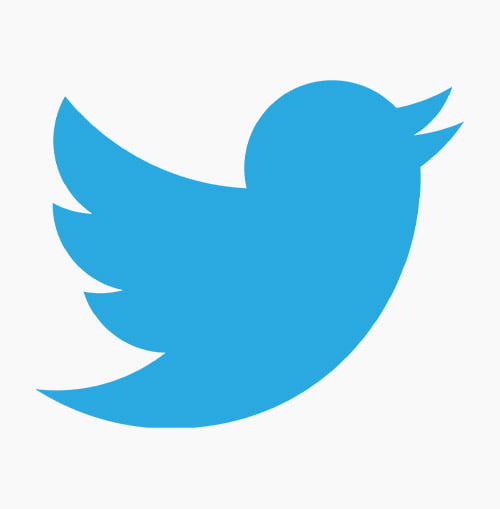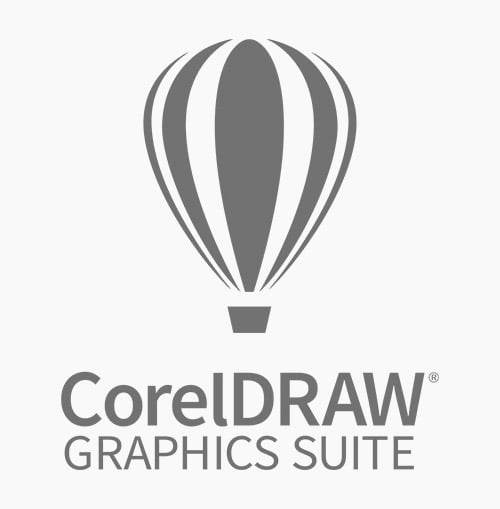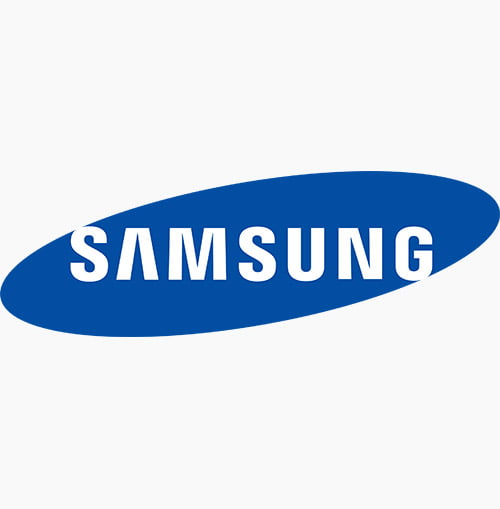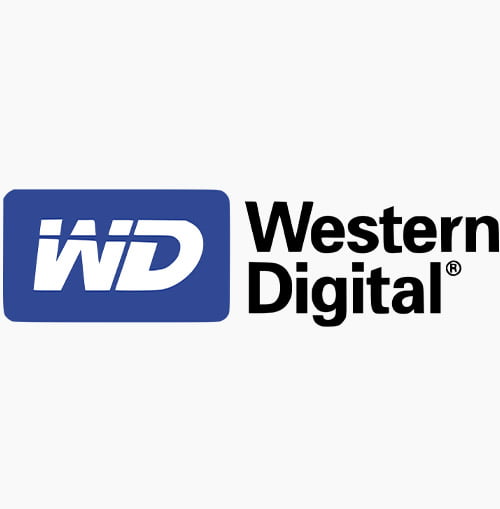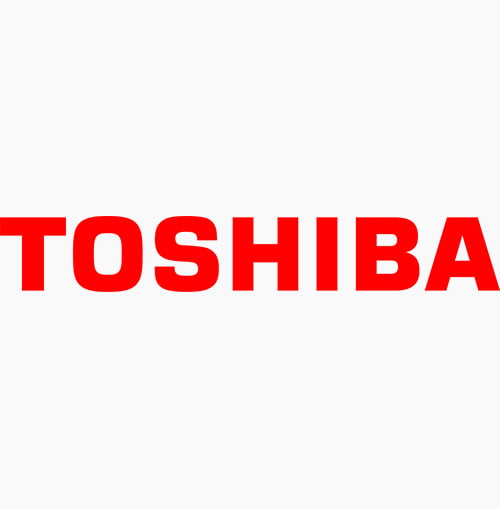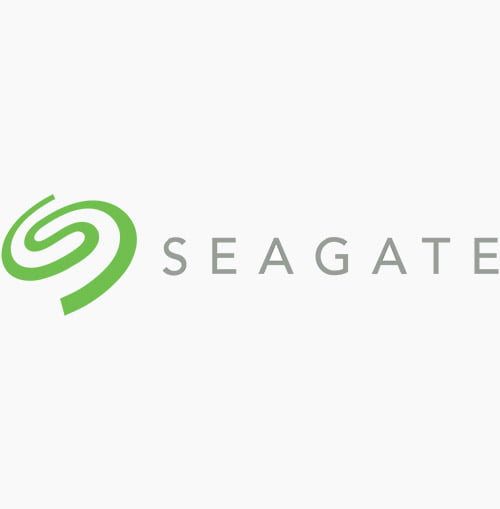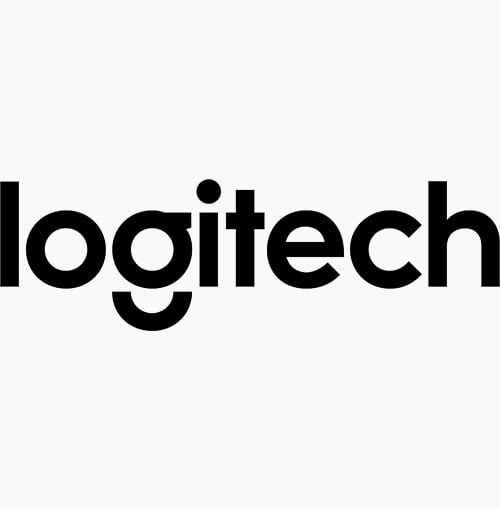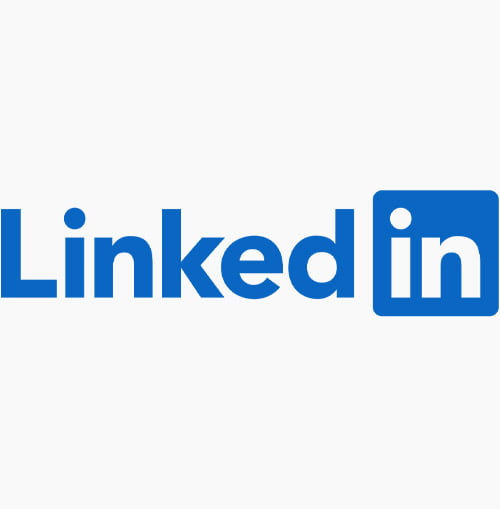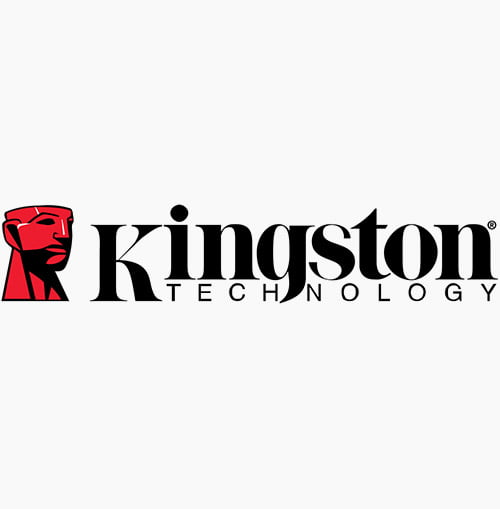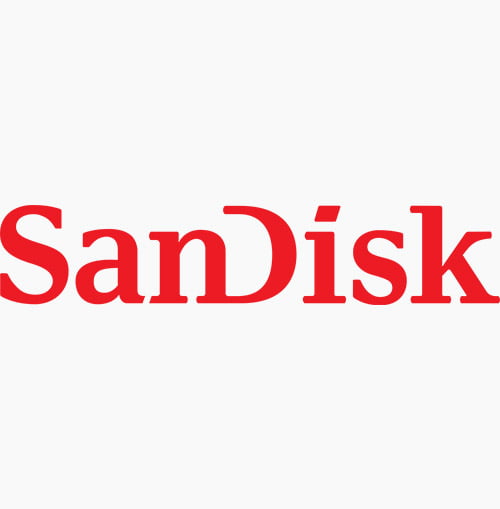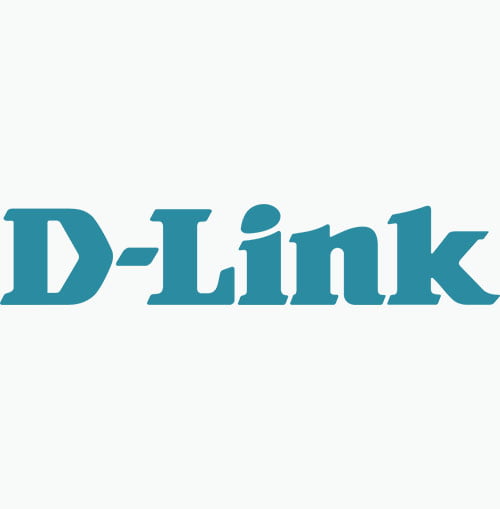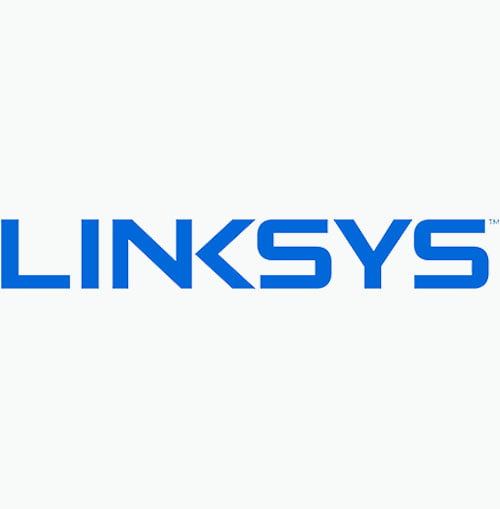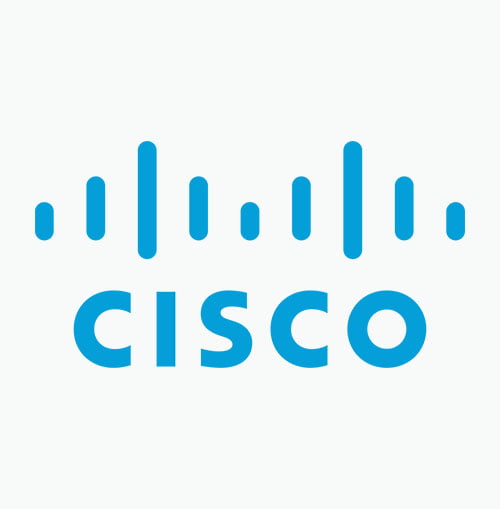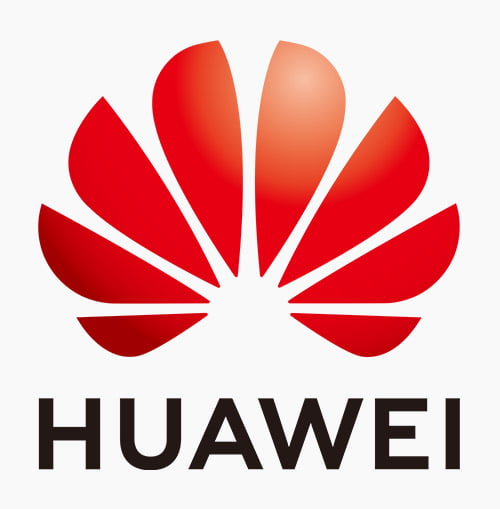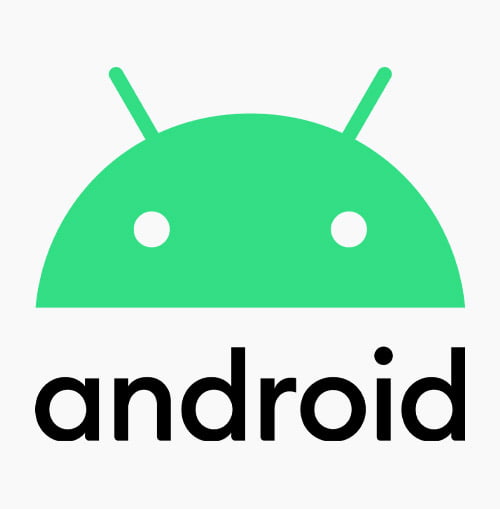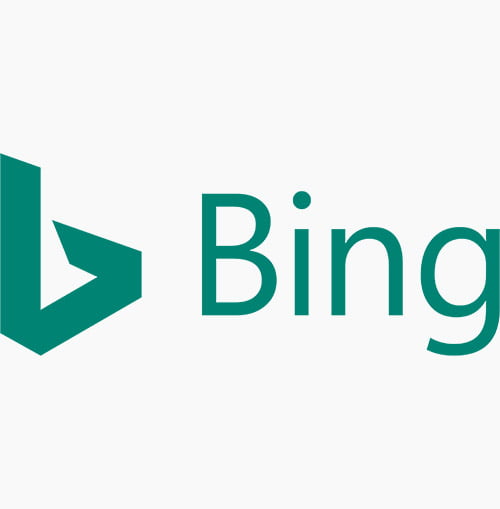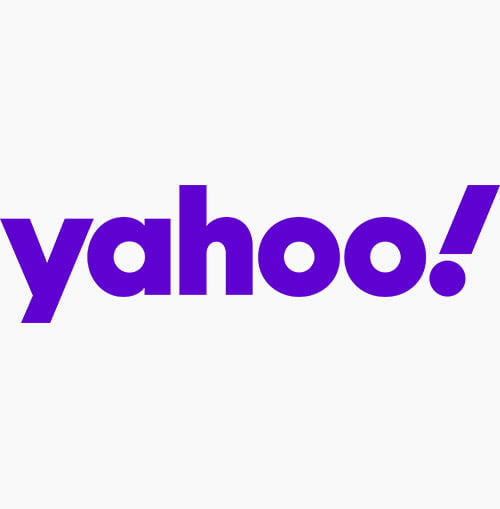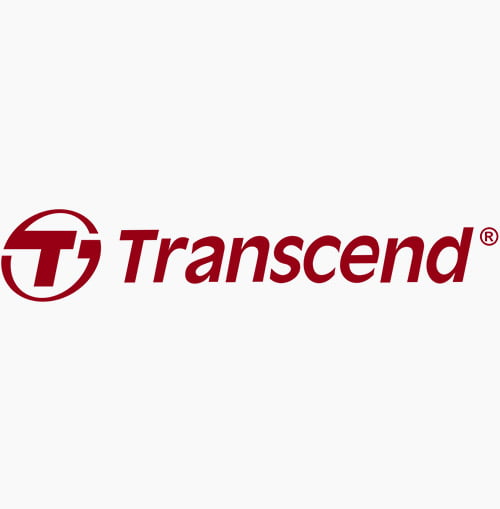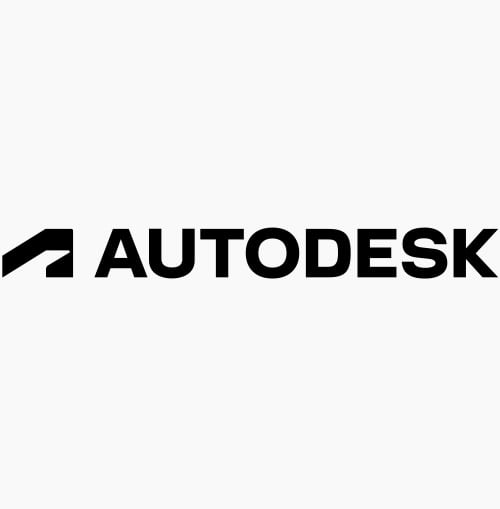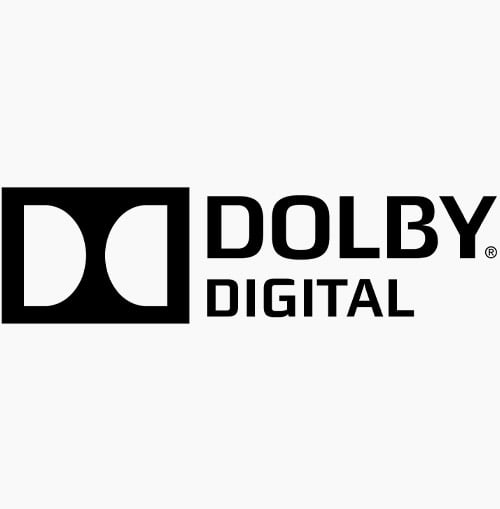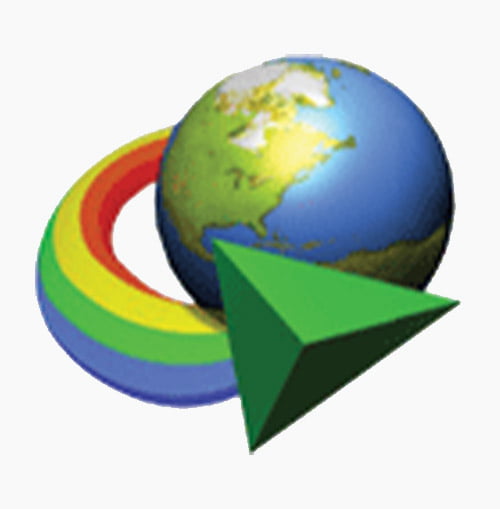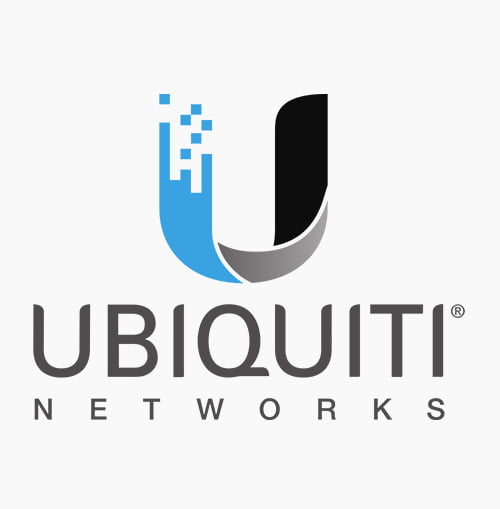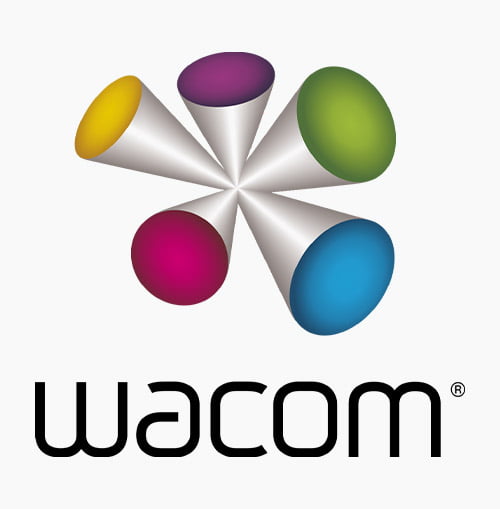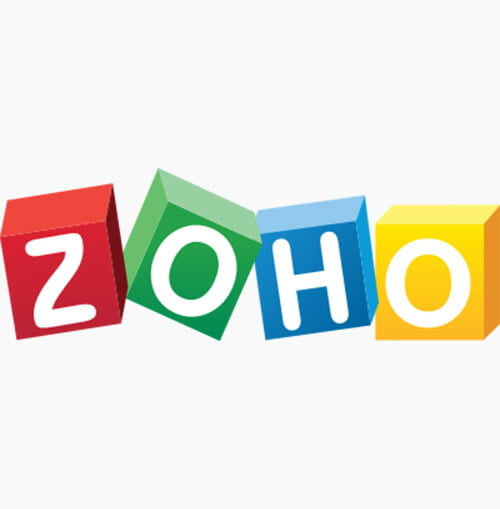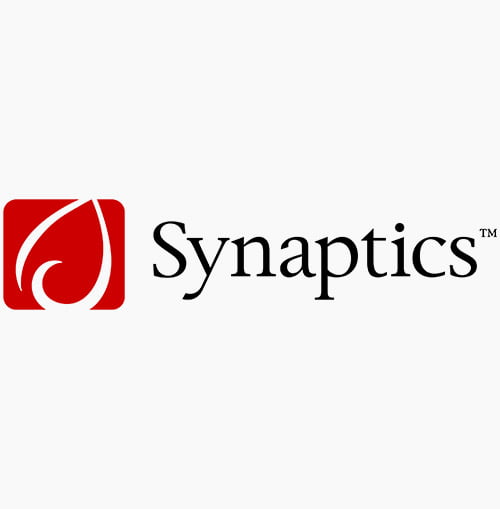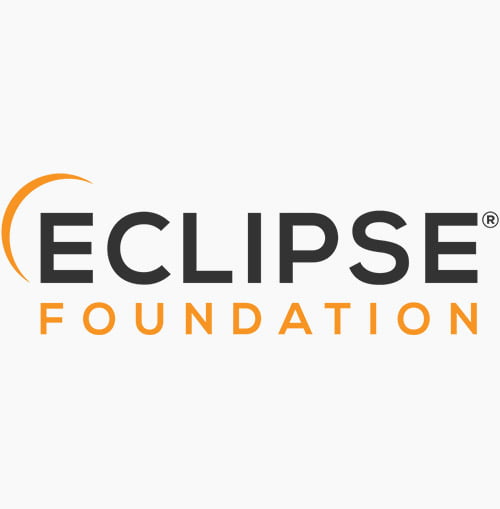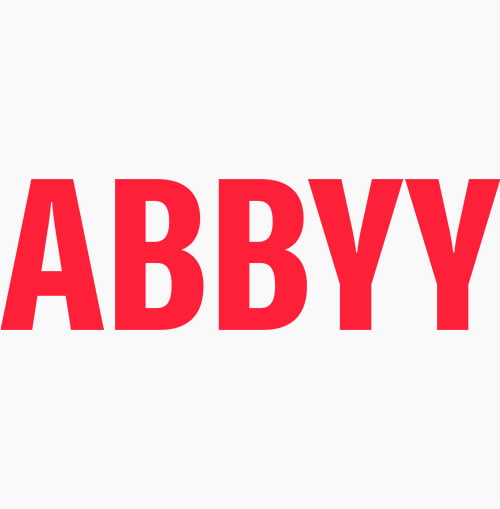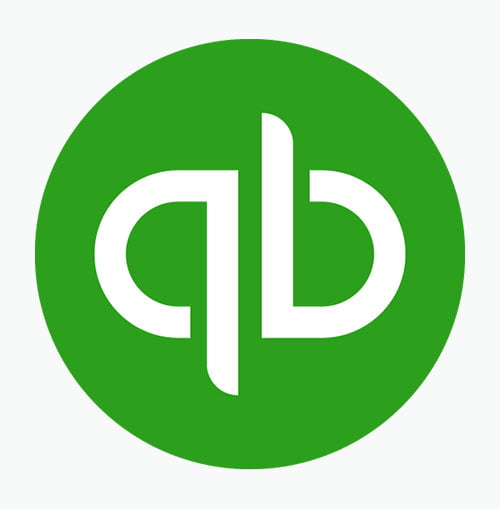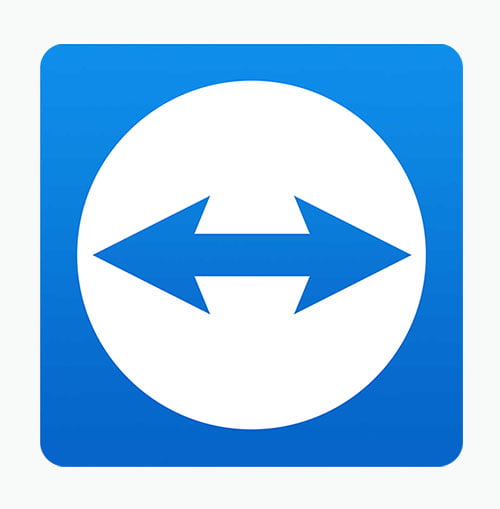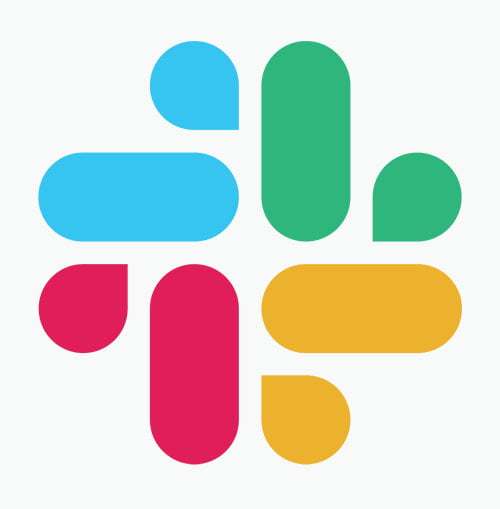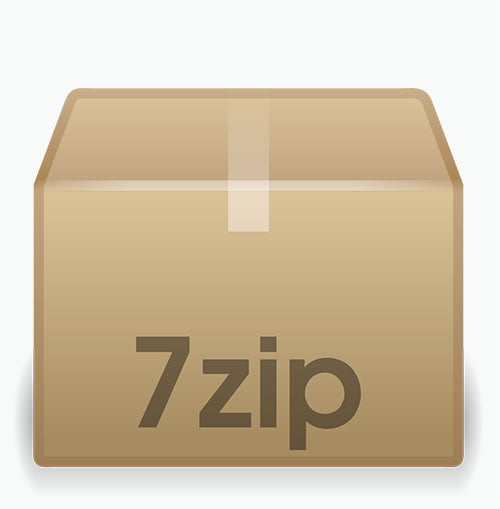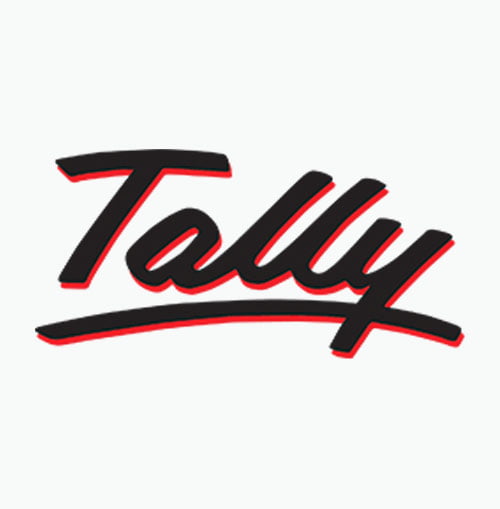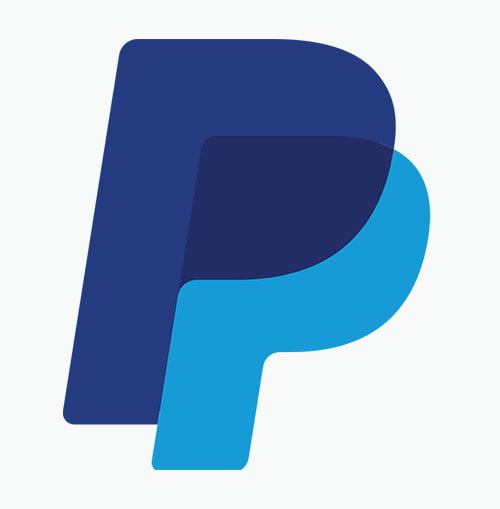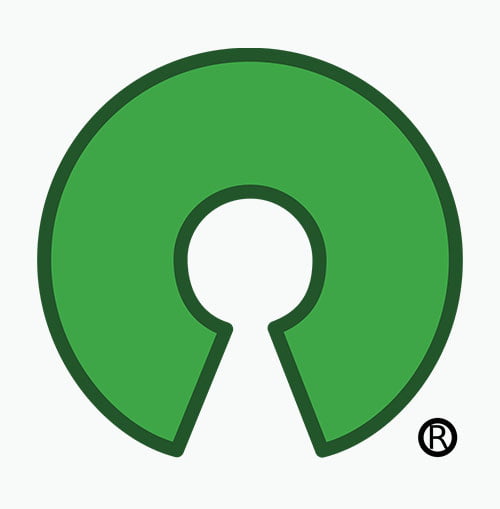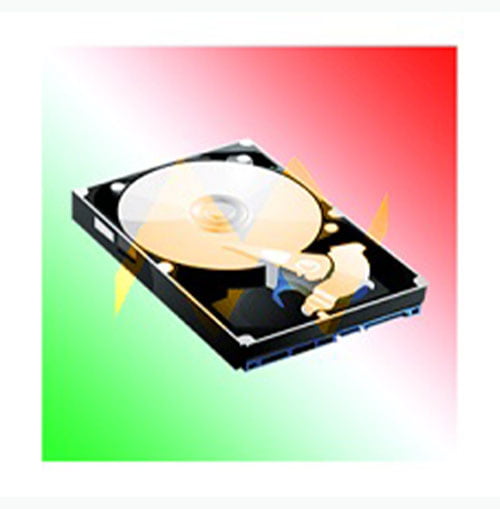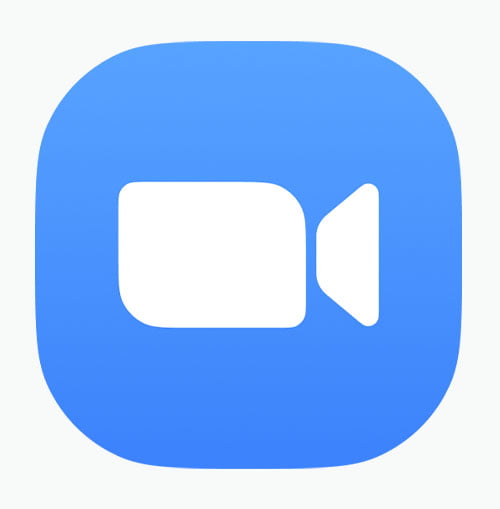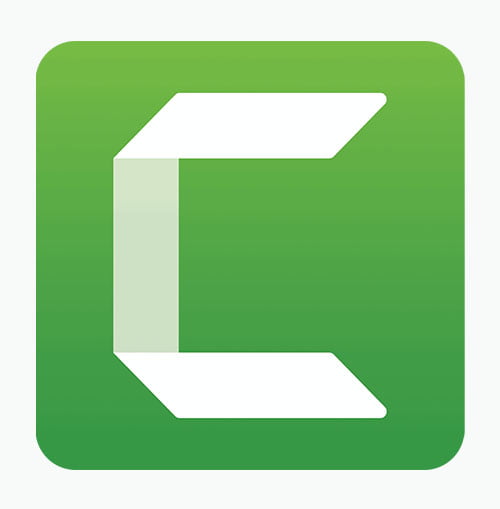Best branding printing design services company in uganda for individuals businesses companies organisations and firms in kampala entebbe mbarara gulu jinja and beyond
It looks like you’re asking for information or insights related to the best branding, printing, and design services in Uganda, particularly for individuals, businesses, organizations, and firms across various cities like Kampala, Entebbe, Mbarara, Gulu, and Jinja.
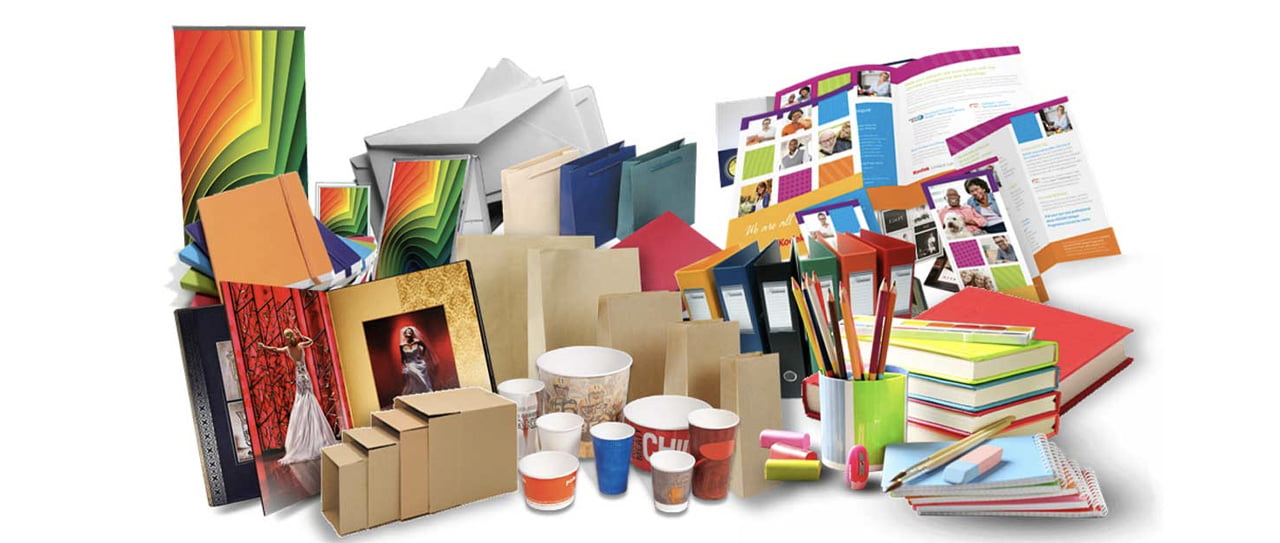
If you’re looking for a service provider in Uganda or need advice on choosing the right company for these services, here are some tips and considerations:
Key Factors to Look for in a Branding, Printing, and Design Services Provider:
- Experience and Reputation:
Choose a company with proven experience in branding and design, especially in your industry. Look for client testimonials and portfolios to assess their past work. - Range of Services:
Ensure the company offers a full range of services, such as: - Branding (logos, brand identity, brand guidelines)
- Print Design (business cards, brochures, posters, banners)
- Digital Design (websites, social media graphics, email templates)
- Printing (offset printing, digital printing, large format prints)
- Quality of Work:
Check the quality of their print materials and design aesthetics. High-quality printing and professional designs are essential to representing your brand well. - Customization and Creativity:
A top-notch design agency should offer creative solutions that are tailored to your specific needs, not just cookie-cutter templates. - Turnaround Time:
Fast and reliable delivery is important. Whether you’re working with tight deadlines or need ongoing services, be sure the company can meet your timeline. - Pricing and Value:
While price is always a consideration, balance it with the quality of service and the results you are likely to achieve. Look for value, not just the cheapest option. - Client Service:
Good communication and responsive customer service are essential for smooth project management.
Leading Branding, Printing, and Design Services Providers in Uganda
Several companies provide excellent services in Uganda for businesses, organizations, and individuals. Some notable ones include:
- IsaZeni:
This seems to be the company you referenced in your link. They likely offer a comprehensive range of services including branding, graphic design, and printing. You can review their portfolio, see customer reviews, and reach out for quotes. - BrandEye Uganda:
Known for its innovative approach to branding and marketing services, BrandEye focuses on building strong brands with creative visuals and targeted design solutions. - Jumia Print (Jumia Uganda):
An online printing service that provides business cards, flyers, posters, and other print materials with nationwide delivery, including Kampala and other major cities. - Design Lab Uganda:
A creative design agency offering services in logo design, corporate identity, print design, and more. They work with businesses of all sizes. - Print Media Uganda:
Specializing in large format printing and advertising materials, Print Media provides services like banners, billboards, and other promotional print collateral. - Kampala Printing Services:
One of the more established printing companies in Uganda offering quality print products with fast delivery.
Conclusion
When selecting a branding, printing, and design service in Uganda, you should prioritize companies with a strong portfolio, extensive experience, and a track record of delivering high-quality results. Whether you’re in Kampala, Entebbe, Mbarara, Gulu, Jinja, or elsewhere in Uganda, there are many skilled agencies to choose from.
Ready to start on your project? let’s jump into it.
What are branding, printing, and design services?
The term “best branding, printing, and design services” refers to companies or agencies that offer high-quality solutions in the areas of branding, graphic design, and printing. These services help businesses, organizations, or individuals build a strong visual identity, create promotional materials, and effectively communicate their messages through various media. Let’s break down each component of this service:
- Branding Services
Branding is the process of creating a unique identity for a business or individual. It’s not just about having a logo, but about creating a distinct and memorable image in the minds of your target audience. The best branding services will help you define and communicate your brand through:
- Logo Design: A unique symbol or graphic that represents the essence of your brand.
- Brand Identity Design: Visual elements like color palettes, typography, and image styles that reflect your brand’s values and personality.
- Brand Strategy: Creating a roadmap for how the brand will be positioned in the market and communicated to customers.
- Brand Guidelines: A document that provides instructions on how to use the brand’s visual elements consistently across all materials and platforms.
- Graphic Design Services
Graphic design is the art and practice of creating visual content to communicate messages. The best graphic design services focus on:
- Marketing Collateral: Designing brochures, flyers, posters, banners, and other print materials.
- Digital Graphics: Social media posts, website design, email templates, and digital ads.
- Creative Direction: Offering expert advice on the visual elements that will resonate with your audience and align with your brand’s mission.
- Packaging Design: For product-based businesses, designing the packaging to reflect the brand’s identity and attract customers.
- Printing Services
Printing involves transferring your digital designs onto physical materials. The best printing services ensure high-quality output and fast turnaround times for a variety of printed products. Services might include:
- Business Cards: High-quality, professional cards that carry your brand’s identity.
- Posters & Flyers: Large and small print materials for marketing and advertising.
- Brochures & Catalogs: Detailed information about your business and products in a compact, printed form.
- Large Format Printing: Banners, billboards, and signs that are used for events, advertising, and public spaces.
- Custom Printing: For things like branded T-shirts, mugs, and other promotional items.
What Makes These Services “Best”?
The best branding, printing, and design services are distinguished by the following characteristics:
- Quality:
- Top-notch design work that is visually appealing and professional.
- High-quality printing materials and finishes (like glossy vs. matte, or embossed prints).
- Creativity:
- Unique, creative designs that set the business apart from its competitors.
- Innovative solutions tailored to the brand’s values and market positioning.
- Customer-Focused:
- Ability to understand the client’s vision and translate it into effective designs.
- Good communication and a consultative approach to guide the client through the branding and design process.
- Experience and Expertise:
- A proven track record of successful branding projects across various industries.
- Highly skilled designers and printing experts who are familiar with the latest trends and technologies.
- Timeliness and Reliability:
- Ability to meet deadlines without compromising on quality.
- Reliable delivery and print services that ensure products arrive on time.
- Cost-Effective:
- Offering competitive pricing for high-quality services, with transparent pricing models.
Examples of Deliverables from Best Branding, Printing, and Design Services
- For Businesses:
- A startup might need help designing a logo, brand colors, business cards, and marketing materials.
- A corporate business may need consistent branding for brochures, annual reports, advertisements, and digital assets.
- For Individuals:
- Personal branding or logo design for freelancers, content creators, or influencers.
- High-quality business cards, portfolios, and personal marketing materials.
- For Events:
- Printing event banners, flyers, posters, and other marketing materials.
- Designing invites, programs, and thank-you notes.
How to Find the Best Branding, Printing, and Design Services:
When looking for top branding, printing, and design services, here are some factors to consider:
- Research and Reviews: Look for customer reviews and recommendations. A great company will have a portfolio of their past work available on their website.
- Consultations: Reach out to the company and discuss your needs. The best services often offer a consultation to better understand your vision and goals.
- Samples: Ask to see samples of their past design and print work. This can give you a sense of the quality and style of their work.
- Local Providers: If you’re based in a specific city or region (e.g., Kampala, Entebbe, or Mbarara in Uganda), search for companies that are well-established in your area. Local agencies can offer a more personalized service and faster turnaround times.
Some of the Best Branding and Printing Companies in Uganda:
If you’re in Uganda, here are a few leading companies that could fit this description:
- IsaZeni: They offer comprehensive branding, design, and printing services for businesses and individuals in Kampala, Entebbe, and other regions.
- BrandEye Uganda: Known for their creative approach to branding, helping businesses develop strong visual identities.
- Jumia Print: An online service for printing various materials, often used for business cards, brochures, and other marketing materials.
- Print Media Uganda: Specializing in high-quality print materials for both small businesses and large organizations.
Conclusion
The best branding, printing, and design services help businesses and individuals create a powerful visual identity and produce high-quality printed materials. Whether you’re looking to establish a brand, create professional marketing materials, or print promotional items, the right service provider will deliver creativity, quality, and attention to detail, ensuring that your brand message is clear, engaging, and impactful.
Ready to start on your project? let’s jump into it.
How much are branding, printing, and design services?
The cost of branding, printing, and design services in Uganda can vary depending on factors such as the service provider, the scope of work, the size of the business, and the specific needs of the client (whether an individual, a small business, or a large corporation). Below, I’ll provide an overview of pricing for these services in Uganda and give examples of the costs with tables. I’ll focus on businesses and individuals in cities such as Kampala, Entebbe, Mbarara, Gulu, Jinja, and other regions.
- Branding Services in Uganda
Branding services in Uganda typically include logo design, brand identity creation, brand strategy, and brand guidelines. The cost can vary based on the complexity of the design and the reputation of the agency.
|
Branding Service |
Description |
Price Range (UGX) |
Price Range (USD) |
|
Logo Design |
Custom logo design for businesses, individuals, or startups. |
UGX 500,000 – UGX 2,000,000 |
$130 – $530 |
|
Brand Identity Package |
Full branding package, including logo, color schemes, fonts, and guidelines. |
UGX 2,000,000 – UGX 10,000,000 |
$530 – $2,650 |
|
Brand Strategy |
Development of a strategy to position your brand in the market. |
UGX 1,500,000 – UGX 5,000,000 |
$400 – $1,300 |
|
Brand Guidelines |
Creation of a document that dictates how your brand should be represented across various platforms. |
UGX 1,000,000 – UGX 3,000,000 |
$265 – $795 |
Examples of Branding Costs in Uganda:
- Small Business / Startup:
- Logo design: UGX 500,000 – UGX 1,500,000
- Brand identity package: UGX 2,000,000 – UGX 4,000,000
- Brand strategy: UGX 1,500,000 – UGX 2,500,000
- Medium-Sized Business:
- Logo design: UGX 1,500,000 – UGX 2,500,000
- Complete brand identity: UGX 4,000,000 – UGX 7,000,000
- Brand strategy: UGX 2,500,000 – UGX 4,000,000
- Large Corporations:
- Logo design: UGX 2,500,000 – UGX 5,000,000
- Brand identity package: UGX 7,000,000 – UGX 12,000,000
- Brand strategy: UGX 4,000,000 – UGX 7,000,000
- Graphic Design Services in Uganda
Graphic design services include designing marketing materials, print collateral, digital content, and more. Prices can range based on the complexity of the design and the quantity required.
|
Graphic Design Service |
Description |
Price Range (UGX) |
Price Range (USD) |
|
Business Card Design |
Custom design and printing of business cards (500-1,000 cards). |
UGX 100,000 – UGX 500,000 |
$26 – $132 |
|
Flyers/Brochures |
Design of marketing materials like flyers and brochures. |
UGX 150,000 – UGX 1,500,000 |
$40 – $400 |
|
Posters |
Design of posters for promotions, events, or advertising. |
UGX 200,000 – UGX 1,000,000 |
$53 – $265 |
|
Social Media Graphics |
Design of social media posts, banners, and ads. |
UGX 50,000 – UGX 500,000 |
$13 – $132 |
|
Website Design |
Designing a custom website, responsive design included. |
UGX 2,000,000 – UGX 10,000,000 |
$530 – $2,650 |
Examples of Graphic Design Costs in Uganda:
- Small Business / Event:
- Business card design: UGX 100,000 – UGX 300,000
- Flyer design: UGX 150,000 – UGX 500,000
- Social media graphics (per post): UGX 50,000 – UGX 150,000
- Medium-Sized Business:
- Brochure design: UGX 300,000 – UGX 1,000,000
- Website design: UGX 3,000,000 – UGX 7,000,000
- Social media campaign (multiple posts): UGX 300,000 – UGX 1,000,000
- Large Corporations:
- Full marketing collateral (brochures, flyers, posters): UGX 1,000,000 – UGX 5,000,000
- Website design: UGX 7,000,000 – UGX 15,000,000
- Social media campaign (multiple posts): UGX 1,000,000 – UGX 3,000,000
- Printing Services in Uganda
Printing services vary based on the quantity, type of materials, and whether the print is offset or digital. Prices in Uganda tend to be more affordable for smaller print runs.
|
Printing Service |
Description |
Price Range (UGX) |
Price Range (USD) |
|
Business Cards (500 pcs) |
Standard or premium business card printing. |
UGX 50,000 – UGX 300,000 |
$13 – $80 |
|
Flyers (1,000 pcs) |
Printing of promotional flyers. |
UGX 100,000 – UGX 500,000 |
$26 – $132 |
|
Brochures (1,000 pcs) |
Full-color printed brochures. |
UGX 200,000 – UGX 2,000,000 |
$53 – $530 |
|
Posters (500 pcs) |
Printing of promotional posters. |
UGX 100,000 – UGX 800,000 |
$26 – $212 |
|
Large Format Prints (Banners) |
Large printed banners for events, billboards, etc. |
UGX 200,000 – UGX 2,000,000 |
$53 – $530 |
Examples of Printing Costs in Uganda:
- Small Business:
- Business cards (500): UGX 50,000 – UGX 150,000
- Flyers (1,000): UGX 100,000 – UGX 250,000
- Posters (500): UGX 150,000 – UGX 400,000
- Medium-Sized Business:
- Brochures (1,000): UGX 300,000 – UGX 1,000,000
- Posters (500): UGX 200,000 – UGX 600,000
- Large banners (1-2): UGX 500,000 – UGX 1,500,000
- Large Corporations:
- Brochures (5,000): UGX 1,500,000 – UGX 3,000,000
- Flyers (5,000): UGX 500,000 – UGX 1,000,000
- Large format prints (banners, billboards): UGX 2,000,000 – UGX 5,000,000+
Cost Summary Table for Branding, Printing, and Design Services in Uganda:
|
Service Type |
Small Business (UGX) |
Medium Business (UGX) |
Large Corporation (UGX) |
|
Logo Design |
UGX 500,000 – UGX 1,500,000 |
UGX 1,500,000 – UGX 2,500,000 |
UGX 2,500,000 – UGX 5,000,000 |
|
Brand Identity Package |
UGX 2,000,000 – UGX 4,000,000 |
UGX 4,000,000 – UGX 7,000,000 |
UGX 7,000,000 – UGX 12,000,000 |
|
Flyers (1,000 pcs) |
UGX 100,000 – UGX 300,000 |
UGX 300,000 – UGX 600,000 |
UGX 600,000 – UGX 1,200,000 |
|
Brochures (1,000 pcs) |
UGX 200,000 – UGX 500,000 |
UGX 500,000 – UGX 1,000,000 |
UGX 1,000,000 – UGX 3,000,000 |
|
Posters (500 pcs) |
UGX 150,000 – UGX 400,000 |
UGX 400,000 – UGX 800,000 |
UGX 800,000 – UGX 2,000,000 |
|
Website Design |
UGX 2,000,000 – UGX 4,000,000 |
UGX 4,000,000 – UGX 7,000,000 |
UGX 7,000,000 – UGX 15,000,000 |
|
Business Cards (500 pcs) |
UGX 50,000 – UGX 150,000 |
UGX 100,000 – UGX 300,000 |
UGX 300,000 – UGX 500,000 |
|
Large Banners (1-2) |
UGX 200,000 – UGX 500,000 |
UGX 500,000 – UGX 1,000,000 |
UGX 1,000,000 – UGX 2,500,000 |
Conclusion:
In Uganda, the cost for branding, printing, and design services varies based on the size of the business and the complexity of the work involved. Small businesses or startups can expect to pay less for services like logo design, business card printing, and social media graphics, while larger corporations might invest more in comprehensive branding, website design, and high-quality print materials.
When hiring a service provider in cities like Kampala, Entebbe, Mbarara, Gulu, and Jinja, it’s crucial to balance your budget with the quality and scope of the services required. Look for reputable companies with strong portfolios and reviews, and consider reaching out for quotes based on your specific needs.
Ready to start on your project? let’s jump into it.
Types of best branding printing design services
Branding, printing, and design services encompass a wide range of creative and technical services that help businesses and individuals establish a strong visual identity, effectively communicate their message, and produce physical or digital marketing materials. Here are 10 key types of best branding, printing, and design services, with explanations of each:
- Logo Design
Logo design is the cornerstone of a brand’s identity. It involves creating a unique, memorable, and visually appealing symbol or wordmark that represents a business, product, or service.
- Key Elements: Simplicity, uniqueness, relevance to the business, scalability (works in various sizes), and versatility (works across different media).
- Services Include: Custom logo design, redesign of existing logos, logo variations for different uses (e.g., horizontal, vertical, monochrome).
Best For: Startups, small businesses, personal brands, and established businesses looking to refresh their identity.
- Brand Identity Design
Brand identity design involves the development of a comprehensive visual style that includes the logo, color palette, typography, imagery, and other visual elements that reflect the brand’s values and personality.
- Key Elements: Consistent visual elements (colors, fonts, graphics) that align with the brand’s core values and message.
- Services Include: Creating a color scheme, defining brand typography, iconography, image style, and overall aesthetic that ensures consistency across all platforms.
Best For: Companies that need a cohesive visual identity to ensure all marketing materials align with the same style and message.
- Brand Strategy and Consultation
A brand strategy helps businesses define their goals, target audience, and positioning in the market. It’s a roadmap that guides how a brand communicates and builds relationships with its audience.
- Key Elements: Brand positioning, target audience identification, value proposition, and communication plan.
- Services Include: Market research, competitor analysis, brand positioning, messaging, and tone of voice.
Best For: Businesses that are new to the market or those seeking to refine their brand’s position, message, and vision.
- Print Design (Marketing Materials)
Print design involves creating materials like brochures, flyers, business cards, posters, and catalogs. These designs are often used for marketing, advertising, and communication purposes.
- Key Elements: Visually appealing layouts, high-quality imagery, strong calls to action, and alignment with brand identity.
- Services Include: Business cards, brochures, posters, flyers, booklets, catalogs, and promotional materials.
Best For: Businesses looking to promote products, events, or services in the physical world through tangible materials.
- Packaging Design
Packaging design focuses on the appearance of a product’s packaging, making it visually appealing and functional. It plays a crucial role in branding, product differentiation, and customer experience.
- Key Elements: Functionality (easy to open, protective), visual appeal, compliance with regulations (if applicable), and alignment with brand identity.
- Services Include: Designing product packaging for food, cosmetics, electronics, etc., including labeling and instructions.
Best For: Product-based businesses, especially those in retail or e-commerce, looking to stand out with creative and functional packaging.
- Web Design and Development
Web design focuses on the visual appearance of a website, while web development involves the functionality and technical aspects. Together, they create a seamless online experience for users.
- Key Elements: User-friendly interface, mobile responsiveness, SEO (Search Engine Optimization) optimization, and brand consistency.
- Services Include: Website design, landing pages, e-commerce sites, blog templates, and full website development.
Best For: Businesses and individuals looking to create an online presence or refresh an existing website with a modern, user-friendly design.
- Social Media Design
Social media design refers to the creation of custom graphics, posts, banners, and ads that are used on platforms like Facebook, Instagram, Twitter, LinkedIn, and more. These designs help businesses engage their audience and promote their products/services.
- Key Elements: Platform-specific designs, eye-catching visuals, engaging content, and alignment with brand identity.
- Services Include: Social media post design, banners, cover photos, and social media ads.
Best For: Businesses and influencers who need to maintain a consistent and professional presence across various social media platforms.
- Digital Ads Design (Display Ads)
Digital ads design focuses on creating visually compelling ads for online marketing campaigns, including Google Ads, Facebook ads, display banners, and other types of digital advertising.
- Key Elements: Clear messaging, persuasive visuals, attention-grabbing elements, and call-to-action (CTA).
- Services Include: Banner ads, display ads, retargeting ads, and social media ads optimized for various platforms.
Best For: Businesses with an online advertising strategy looking to drive conversions and reach specific target audiences through paid ads.
- Large Format Printing (Banners, Billboards)
Large format printing is used for producing large-scale print materials, such as banners, posters, billboards, and signs. These materials are ideal for outdoor advertising, events, or exhibitions.
- Key Elements: High-quality, high-resolution images, durable materials, and large format sizes (up to several meters in width).
- Services Include: Banners, billboards, outdoor signage, trade show displays, exhibition booths.
Best For: Businesses or events looking to make a large, impactful statement in outdoor or event marketing.
- Promotional Product Design
Promotional product design involves creating custom-branded merchandise, such as T-shirts, pens, mugs, and tote bags, that businesses give away to promote their brand.
- Key Elements: Practical, useful products that carry a brand’s logo or message in a way that is visually appealing and functional.
- Services Include: Custom merchandise design, product branding, and sourcing items for promotional giveaways.
Best For: Businesses looking to increase brand awareness and customer loyalty through branded giveaways or corporate gifts.
Summary Table of the 10 Types of Branding, Printing, and Design Services
|
Service Type |
Key Elements |
Best For |
|
Logo Design |
Unique, simple, scalable logo |
Startups, rebrands, small businesses |
|
Brand Identity Design |
Consistent visual elements, brand colors, fonts |
Companies establishing a visual brand identity |
|
Brand Strategy and Consultation |
Market positioning, target audience, messaging |
New businesses or those needing strategic direction |
|
Print Design (Marketing Materials) |
High-quality layouts, brochures, flyers, business cards |
Physical marketing and promotions |
|
Packaging Design |
Functional, attractive packaging, compliance |
Product-based businesses looking to create eye-catching packaging |
|
Web Design and Development |
User-friendly, mobile-responsive website design |
Businesses or individuals needing a new or updated website |
|
Social Media Design |
Eye-catching graphics, platform-specific designs |
Businesses and influencers on social media |
|
Digital Ads Design |
Persuasive, engaging banner ads, display ads |
Online marketing campaigns and digital ads |
|
Large Format Printing |
High-quality large print materials (banners, billboards) |
Businesses, events, or exhibitions requiring large visuals |
|
Promotional Product Design |
Custom-branded products (mugs, T-shirts, pens) |
Businesses looking to give away branded merchandise |
Conclusion
Each of these branding, printing, and design services plays a crucial role in creating a strong visual identity for businesses, helping them to communicate effectively with their target audience. Whether you’re a small business in need of a logo design, an e-commerce store seeking custom packaging, or a large corporation requiring website development and digital ads, the best branding and design services will align with your goals and market positioningto deliver professional, engaging, and consistent materials that enhance your brand’s visibility and impact.
Ready to start on your project? let’s jump into it.
Why are branding, printing, and design services important?
Best branding, printing, and design services are crucial for businesses of all sizes, as they play a significant role in establishing a professional identity, reaching target audiences, and differentiating a brand from competitors. Below are 10 detailed reasons why investing in high-quality branding, printing, and design services is important:
- Creates a Strong First Impression
Your brand’s visual identity—such as logos, color schemes, and marketing materials—is the first point of contact for most customers. High-quality branding and design make a strong first impression, which can influence whether potential customers will engage with your business or look elsewhere.
- Impact: A professional design shows that your business is credible, trustworthy, and well-established.
- Example: A well-designed business card or website can build trust in the first few seconds of interaction, often before any verbal communication.
- Differentiates Your Business from Competitors
In a crowded marketplace, standing out is essential. Effective branding and design help differentiate your business from the competition by highlighting what makes your products or services unique.
- Impact: A distinctive logo, unique packaging, or innovative advertising can make your business more memorable, giving it a competitive edge.
- Example: Companies like Apple use minimalist design to create a clear, recognizable brand that differentiates them from other tech companies.
- Builds Brand Recognition
Consistent branding across all platforms—online and offline—reinforces your business’s identity, making it easier for customers to recognize and remember your brand.
- Impact: When your branding is consistent, people will easily recall your company, which drives repeat business and customer loyalty.
- Example: Coca-Cola’s consistent use of red and white colors, logo placement, and typography across its products and advertisements ensures that consumers instantly recognize the brand.
- Establishes Professionalism
Quality design and print materials speak volumes about your business’s professionalism. They communicate that you are serious, organized, and capable of delivering top-notch services or products.
- Impact: High-quality business cards, brochures, or a professionally designed website can significantly impact how customers perceive your business.
- Example: A well-designed proposal or brochure can elevate your business’s credibility when seeking new clients or partnerships.
- Enhances Customer Experience
Great branding and design aren’t just about aesthetics—they also improve the user experience by creating a seamless interaction across all touchpoints, whether digital or physical.
- Impact: Intuitive design and clean, readable layouts help customers easily navigate your website, app, or physical store, which improves satisfaction and increases conversion rates.
- Example: Amazon is known for its user-friendly website and app design, which enhances the customer experience and encourages repeat purchases.
- Improves Marketing and Advertising Effectiveness
Effective design is critical for creating engaging and persuasive marketing materials, such as social media ads, flyers,posters, and web banners. Well-designed ads have the power to capture attention, convey your message, and prompt action (e.g., clicks, sign-ups, purchases).
- Impact: Thoughtful design combined with compelling content increases the chances of your marketing materials achieving their desired results, whether that’s higher sales, greater brand awareness, or lead generation.
- Example: Nike’s marketing campaigns often combine sleek, bold visuals with strong brand messaging, making their ads instantly recognizable and impactful.
- Strengthens Brand Trust and Loyalty
Customers are more likely to trust a business with a consistent, professional brand presence. A well-designed brand that looks polished and professional helps build trust, making customers feel more comfortable with their purchase decisions.
- Impact: Consistent branding—whether in print, online, or packaging—reinforces trust, which leads to higher customer retention rates and long-term loyalty.
- Example: Starbucks uses consistent branding in their store designs, packaging, and advertisements, which reinforces their premium and welcoming image, fostering customer loyalty.
- Supports Business Growth
Investing in branding, printing, and design can support your business’s long-term growth by creating a strong foundation for future marketing efforts. Good branding makes it easier to expand into new markets, launch new products, and scale your business.
- Impact: A strong brand identity can make it easier for your business to diversify its offerings and expand its reach.
- Example: Tesla’s branding and design have helped them expand from being an electric car manufacturer to a global energy solutions provider with products like solar panels and energy storage systems.
- Communicates Your Brand’s Values and Message
Your brand’s design is not just about how it looks; it’s also about what it communicates. Branding and design help convey the values, mission, and personality of your business, making it easier for customers to connect with you on an emotional level.
- Impact: Clear and thoughtful design choices can express your values and mission more effectively than words alone, building stronger emotional connections with your audience.
- Example: Patagonia’s design—often eco-friendly and minimalistic—reflects their commitment to environmental sustainability and ethical business practices, attracting customers who share these values.
- Drives Sales and Conversions
Effective design can directly influence customer behavior, whether it’s on your website, in an email, or in a physical store. A well-designed website, clear product labeling, and persuasive sales materials can drive more sales and higher conversion rates.
- Impact: Great design and strategic branding can encourage customers to act, whether that’s making a purchase, signing up for a newsletter, or following your business on social media.
- Example: Shopify’s website design is optimized for conversions, guiding users through an intuitive process to set up their own online store, which has contributed to its global growth.
Summary Table: Importance of Branding, Printing, and Design Services
|
Reason |
Impact |
Example |
|
Creates a Strong First Impression |
Makes businesses appear credible and professional. |
A professional business card or website. |
|
Differentiates Your Business |
Sets businesses apart from competitors and makes them memorable. |
Apple’s minimalist design. |
|
Builds Brand Recognition |
Helps customers easily recognize and remember the brand. |
Coca-Cola’s consistent use of red and white. |
|
Establishes Professionalism |
Elevates customer perception of the business’s credibility and expertise. |
A well-designed brochure or presentation. |
|
Enhances Customer Experience |
Improves customer satisfaction through intuitive, easy-to-use designs. |
Amazon’s user-friendly website and app design. |
|
Improves Marketing Effectiveness |
Increases the success of marketing materials in achieving goals like sales and engagement. |
Nike’s marketing campaigns. |
|
Strengthens Brand Trust and Loyalty |
Builds customer loyalty by creating a trustworthy and consistent brand image. |
Starbucks’ branded store designs. |
|
Supports Business Growth |
Helps businesses expand by establishing a strong brand foundation. |
Tesla’s innovative product line and design. |
|
Communicates Your Brand’s Values |
Conveys your brand’s values, personality, and mission effectively. |
Patagonia’s eco-friendly branding. |
|
Drives Sales and Conversions |
Encourages customer action and boosts conversions, leading to increased sales. |
Shopify’s conversion-focused website design. |
Conclusion:
Branding, printing, and design services are not just about creating visually appealing elements; they are essential tools for building a strong, recognizable, and trustworthy brand. Whether you’re aiming to increase visibility, improve customer loyalty, or drive sales, effective branding and design will significantly impact your business’s success. Investing in these services is crucial for differentiating your business, building lasting relationships with customers, and ensuring long-term growth.
Ready to start on your project? let’s jump into it.
Our strategies and approaches
Isazeni Solutions is a company that provides branding, printing, and design services to businesses, organizations, and individuals in Uganda, especially in cities like Kampala, Entebbe, Mbarara, Gulu, and Jinja. While the specific strategies and approaches used by Isazeni Solutions may vary, based on industry best practices and company ethos, here’s an outline of 10 key strategies and approaches that companies like Isazeni Solutions typically employ to deliver top-quality branding, printing, and design services:
- Customer-Centric Approach
Isazeni Solutions places great emphasis on understanding the unique needs and goals of each client. By listening to their clients, the company is able to provide highly personalized branding and design services that align with the business’s vision, target audience, and marketing objectives.
- Approach:
- Initial Consultation: A thorough understanding of the client’s business, market, and target audience.
- Customized Solutions: Tailored design packages and branding strategies that address the client’s specific needs.
Why It Works: This strategy ensures that the final product resonates with the client’s audience and reinforces their business goals.
- Comprehensive Brand Identity Creation
Building a cohesive and recognizable brand identity is a key service offered by Isazeni Solutions. This involves designing not only the logo but a full suite of visual elements (color palette, fonts, imagery) that work together across all marketing materials.
- Approach:
- Logo Design: Crafting a unique, memorable logo that speaks to the brand’s identity.
- Brand Guidelines: Creating a set of rules for consistent usage of brand elements (colors, typography, icons, etc.).
- Consistent Visuals: Ensuring all marketing materials reflect the brand’s visual style.
Why It Works: A strong brand identity builds trust and recognition, helping businesses stand out in competitive markets.
- Creative Concept Development
Isazeni Solutions uses a creative, strategic approach to conceptualize and develop design ideas that not only look good but also communicate effectively. They combine artistic creativity with marketing insight to produce designs that drive engagement and sales.
- Approach:
- Brainstorming: Collaboration between the client and design team to explore innovative ideas.
- Storytelling: Developing visual concepts that tell the story of the brand or product.
- Mood Boards: Creating mood boards or visual styles to guide the design process.
Why It Works: This ensures that each design has purpose and meaning behind it, making it more memorable and impactful.
- Market Research and Competitor Analysis
Before diving into any branding or design work, Isazeni Solutions conducts in-depth market research and competitor analysis. This strategy helps them understand industry trends, customer preferences, and what competitors are doing to ensure the designs stand out.
- Approach:
- Research: Gathering data on customer demographics, industry standards, and competitor branding strategies.
- Competitive Edge: Ensuring designs are innovative, fresh, and differentiated from competitors.
Why It Works: This approach positions the brand uniquely in the market, ensuring that it attracts the right audience and stands out.
- Multi-Channel Branding Consistency
To build a strong and cohesive brand presence, Isazeni Solutions ensures consistency across all channels—whether digital (websites, social media) or physical (business cards, posters). Consistent branding creates trust and reinforces the brand identity.
- Approach:
- Unified Visual Identity: Ensuring the logo, color scheme, and other design elements are consistent across all platforms.
- Adaptability: Designing materials that are flexible for use across different mediums and platforms (print, digital, social media).
Why It Works: A consistent brand image across multiple touchpoints helps customers recognize and trust the brand more easily.
- Print Quality and Professionalism
For printing services, Isazeni Solutions focuses on high-quality prints that reflect the professionalism of the brand. They offer premium printing materials, finishes, and techniques that enhance the final product.
- Approach:
- Premium Materials: Offering high-quality paper, ink, and finishes for brochures, business cards, and other printed materials.
- Professional Printing Techniques: Using state-of-the-art printing equipment to ensure sharp colors and fine details.
Why It Works: High-quality prints convey professionalism and credibility, which strengthens the brand’s image in the market.
- Innovative Digital and Social Media Designs
Isazeni Solutions places great emphasis on designing social media graphics and digital marketing materials that are optimized for online platforms. They create engaging content that captures attention and drives interaction on social media.
- Approach:
- Platform-Specific Design: Creating designs optimized for each platform (e.g., Instagram, Facebook, LinkedIn, etc.).
- Engagement-Oriented: Focusing on designs that prompt users to engage, share, or click.
- Ads and Banners: Developing eye-catching display ads and banners that drive conversions.
Why It Works: This ensures that businesses can effectively communicate with their target audience on social media and other online platforms, driving traffic and engagement.
- Sustainable and Eco-Friendly Printing Options
As businesses and consumers become more conscious of environmental impact, Isazeni Solutions offers sustainable printing solutions that are eco-friendly and align with modern corporate social responsibility (CSR) goals.
- Approach:
- Eco-Friendly Materials: Using recycled paper, biodegradable inks, and environmentally responsible materials for printing.
- Green Printing Methods: Employing printing processes that minimize waste and energy consumption.
Why It Works: Eco-conscious clients appreciate businesses that align their branding and printing efforts with sustainability, which can also enhance brand reputation.
- Digital-First Branding Solutions
Isazeni Solutions offers digital-first branding solutions that prioritize online presence, especially for e-commerce businesses and organizations in the digital age.
- Approach:
- Responsive Web Design: Ensuring websites are mobile-friendly, fast, and easy to navigate.
- SEO Integration: Implementing SEO strategies into the design to ensure better visibility on search engines.
- E-commerce Optimization: Designing user-friendly online stores and payment systems for seamless transactions.
Why It Works: As more business happens online, this strategy ensures clients have a strong, effective digital presence.
- Tailored Branding Packages
Rather than offering a one-size-fits-all solution, Isazeni Solutions provides customized branding packages based on the client’s budget, needs, and business size. This approach helps them serve both small businesses and larger organizations with scalable solutions.
- Approach:
- Tiered Packages: Offering different levels of branding packages—from basic logo design to full-service brand identity creation.
- Scalable Services: Adapting services as the client grows, offering more advanced branding and design solutions as needed.
Why It Works: This flexibility allows businesses of any size to access professional branding and design services that meet their specific needs and budgets.
Summary of 10 Strategies and Approaches Isazeni Solutions Uses:
|
Strategy/Approach |
Key Elements |
Why It Works |
|
Customer-Centric Approach |
Personalized solutions, thorough consultation |
Ensures designs align with client goals and audience needs |
|
Comprehensive Brand Identity |
Logo, colors, fonts, and guidelines |
Creates a consistent and cohesive brand image |
|
Creative Concept Development |
Brainstorming, storytelling, mood boards |
Ensures designs have purpose, creativity, and meaning |
|
Market Research & Competitor Analysis |
Research, competitive edge |
Helps the brand stand out and appeal to target customers |
|
Multi-Channel Branding Consistency |
Consistency across digital and print materials |
Reinforces brand identity and builds trust |
|
Print Quality & Professionalism |
High-quality materials, professional printing techniques |
Enhances the perception of the brand and professionalism |
|
Innovative Digital & Social Media Designs |
Platform-specific designs, engaging content |
Drives online engagement and builds a social media presence |
|
Sustainable & Eco-Friendly Printing |
Eco-friendly materials, green processes |
Aligns with CSR goals and appeals to eco-conscious customers |
|
Digital-First Branding Solutions |
Responsive web design, SEO integration, e-commerce optimization |
Maximizes online visibility and user experience |
|
Tailored Branding Packages |
Tiered and scalable packages based on budget and business size |
Provides flexibility and accessibility for businesses of all sizes |
Conclusion:
Isazeni Solutions employs a holistic approach to branding, printing, and design services, incorporating modern techniques, deep customer understanding, and sustainable practices. These strategies ensure businesses receive effective, professional, and consistent branding solutions that resonate with their target audience while adapting to both digital and traditional marketing needs.
Ready to start on your project? let’s jump into it.
A list of 100 frequently asked questions (FAQs) about branding, printing, and design services
1. What is branding?
2. Why is branding important?
3. What is a logo?
4. What is a brand name?
5. What are brand guidelines?
6. What is the difference between branding and marketing?
Your Title Goes Here
Your content goes here. Edit or remove this text inline or in the module Content settings. You can also style every aspect of this content in the module Design settings and even apply custom CSS to this text in the module Advanced settings.
7. What is a brand strategy?
8. How do I create a brand?
9. What is a brand archetype?
10. What is the difference between a brand and a trademark?
11. What is brand loyalty?
12. What is the role of a brand ambassador?
13. What is the importance of consistency in branding?
14. How do I know if my branding is working?
15. What is a visual identity?
16. What is a brand promise?
17. How do I develop a brand story?
18. What is the difference between a personal brand and a business brand?
19. How can branding impact customer experience?
20. What is the importance of a brand's voice?
21. What is the difference between a brand and a product?
22. How do I build brand recognition?
23. What is the role of emotions in branding?
24. Can branding help me stand out from my competitors?
25. What is a brand audit?
26. What is a brand personality?
27. What is a brand equity?
28. How do I differentiate my brand in a competitive market?
29. What is a brand promise?
30. How can I make my brand more relatable?
31. What is brand positioning?
32. How does branding affect consumer perception?
33. What is the importance of a memorable brand?
34. How do I build a strong brand foundation?
35. How can I create a brand that resonates with my audience?
36. How can branding help my business grow?
37. What role does storytelling play in branding?
38. How can I use social media to build my brand?
39. What is a tagline?
40. How do I choose the right colors for my brand?
41. Can I change my brand identity later?
42. What is a brand audit?
43. What is brand positioning?
44. What is a brand voice?
45. What does "rebranding" mean?
46. What is the difference between matte and glossy paper?
47. What is print resolution?
48. What is a proof in printing?
49. What are print finishes?
50. What is the difference between a brochure and a flyer?
51. What is a banner?
52. What is a poster?
53. What is the difference between single-sided and double-sided printing?
54. What is the importance of paper weight in printing?
55. What is the difference between vector and raster images?
56. What is a bleed in printing?
57. What are die-cut prints?
58. What is sublimation printing?
59. What is foil stamping?
60. What is screen printing?
61. What is offset printing?
62. What is the difference between RGB and CMYK?
63. What is a mockup in design?
64. What is the importance of typography in design?
65. What is print on demand?
66. What is a mockup in design?
67. What is digital printing?
68. What is print marketing?
69. How do I choose the right printing company?
70. What is the difference between custom printing and standard printing?
71. What is 3D printing?
72. What is a print run?
73. How do I prepare my files for printing?
74. What is the role of a brand ambassador?
75. What is the importance of a professional logo?
76. What is the difference between branding and marketing?
77. What is a brand strategy?
78. What are brand guidelines?
79. How does packaging design impact branding?
80. What is the role of a graphic designer in branding?
81. How important is consistency in branding?
82. What is experiential branding?
83. How do I measure the effectiveness of my branding efforts?
84. What are the key components of a branding package?
85. What is the role of a tagline in branding?
86. What are the benefits of rebranding?
87. What is brand loyalty?
89. What is brand storytelling?
90. How can I build a personal brand?
91. What are the advantages of using digital printing?
92. What is the difference between bindery and finishing in printing?
93. What is the purpose of a business card?
94. What are promotional materials?
95. What is print collateral?
96. What is the significance of color in branding?
97. How can I design a business card?
98. What is a brochure, and why is it important?
99. What is a flyer, and how can it benefit my business?
100. What is a poster, and how do I design one?
Ready to start on your project? let’s jump into it.
Ready to start on your project? let’s jump into it.
